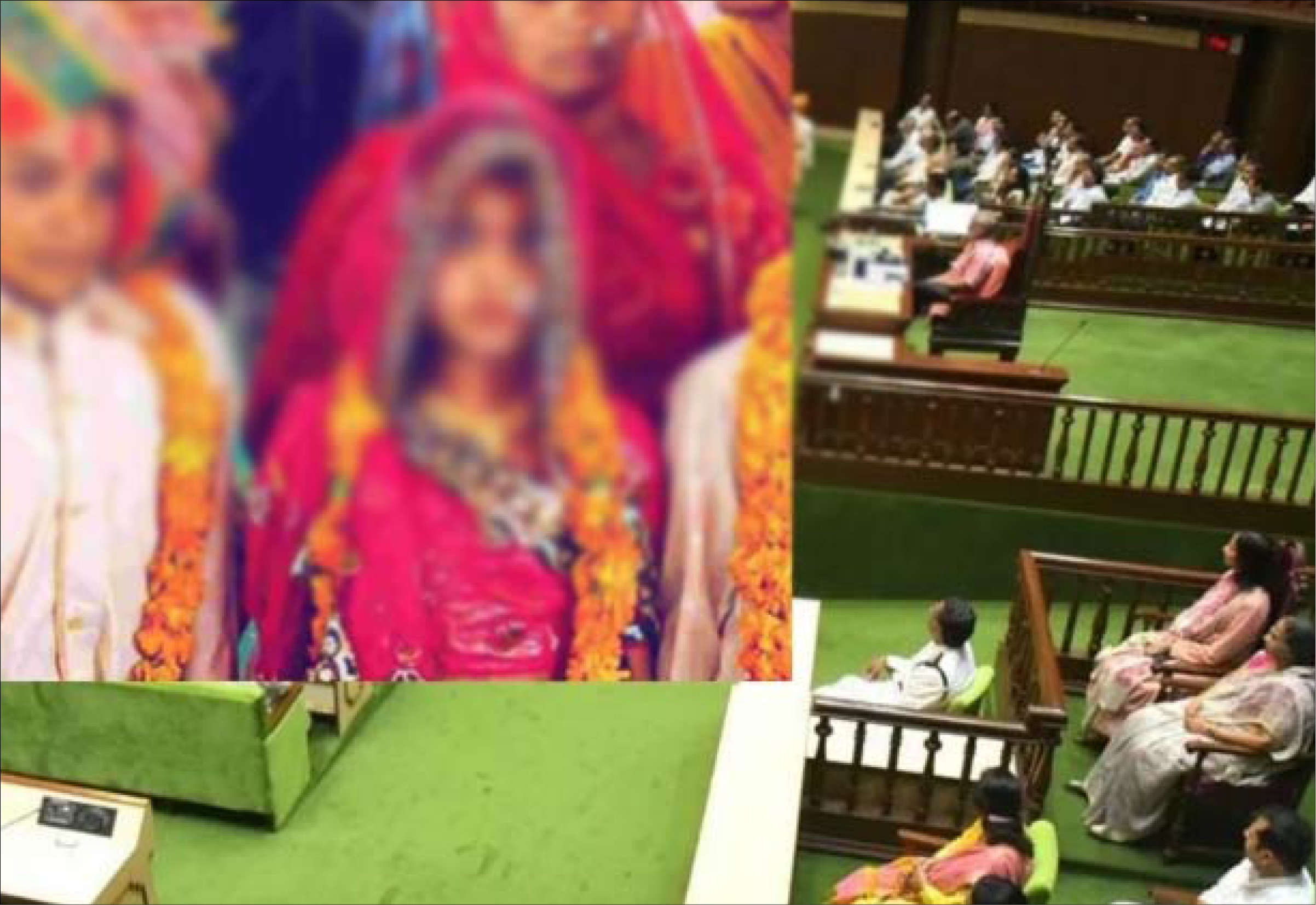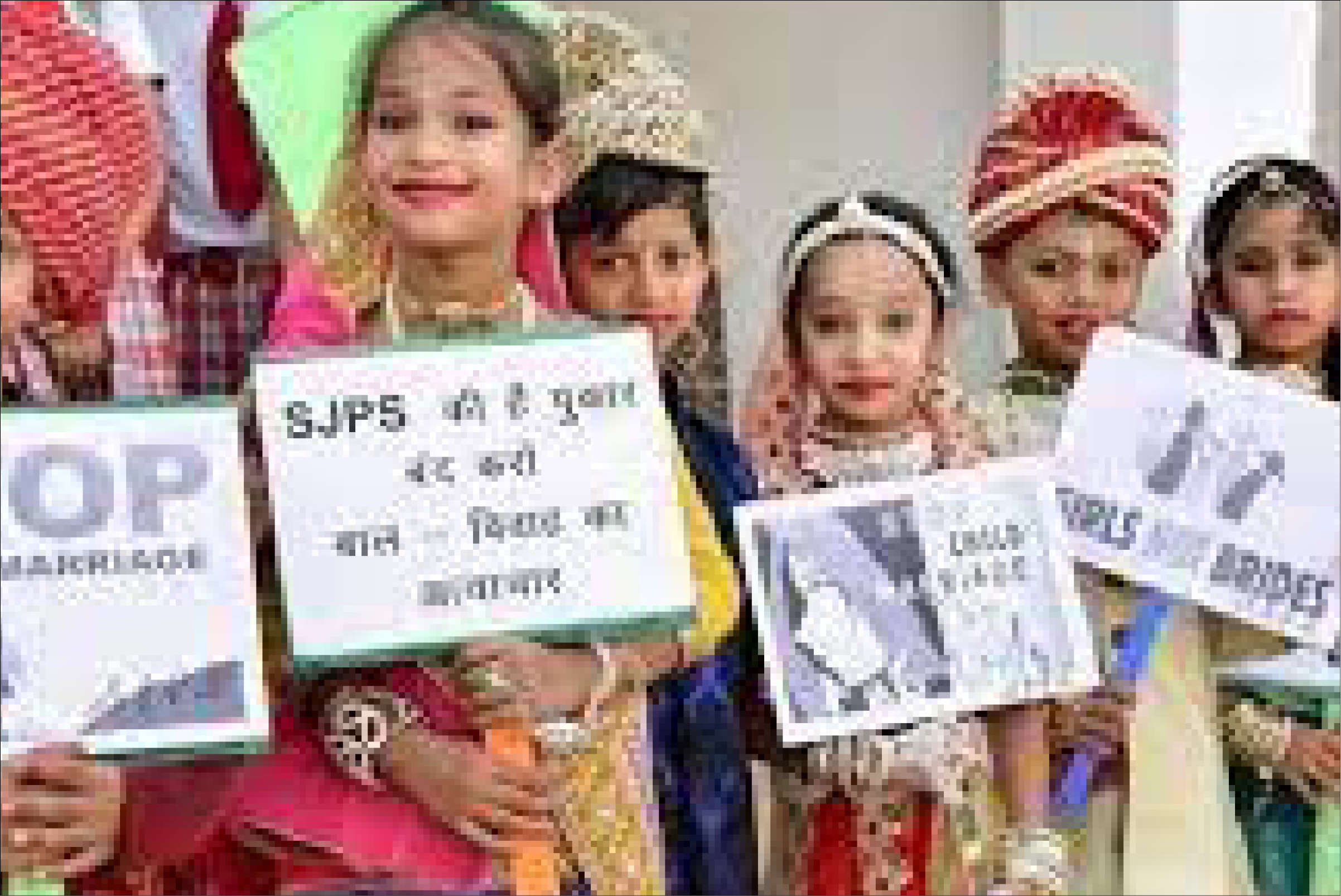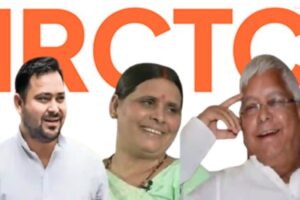
INTRODUCTION
Recently, the Union Cabinet cleared the proposal to bring uniformity in the marriageable age of men and women. It aims to increase the legal age of marriage of women from 18 to 21 years. Earlier, a task force was set up for the re-examination about the marriageable age and its correlation to health and social indices including infant mortality, and nutrition levels among the mothers and children. The decision to increase the marriage age was based on this task force, which was led by the former Samata Party chief Jaya Jaitly. In this article, we will deal with the historical background of marriageable age under different personal laws prevailing in India. Further, we will also analyze the pros and cons of this Bill. At last, we will deal with whether the current bill conflicts with other laws or not.


BACKGROUND
If we find the footprints of the marriageable age in India, for the first time the minimum age for marriage was prescribed in the Act of 1929, at that time it was named as Sarda Act. However, later on, this act was renamed as the Child Marriage Restraint Act (CMRA). In the year 1978, an amendment took place which raised the minimum age of marriage to 18 years for girls and 21 years for Boys. Interestingly, the position remained the same even in the new law of 2016, called the Prohibition of Child Marriages Act, 2006, which had replaced the CMRA, 1929.
MINIMUM MARRIAGE AGE UNDER DIFFERENT RELIGIONS.
The Hindu Marriage Act of 1955 applies to the Hindu religion. Section 5 of the Act prescribes the minimum age for the marriage which is 18 years and 21 years for the bride and the groom respectively. In the Islam religion, the marriage of a minor who has attained ‘Puberty’ is considered as a valid. Moreover, when two inter-religion marriages took place, the Special Marriage Act of 1954 is applicable. As per this Act, the prescribed as for the marriage is 18 years and 21 years for the women and men, respectively. Interestingly, the Prohibition of Child Marriage Act of 2006 also prescribes the minimum age as 18 years and 21 years for women and men, respectively. When the new law (proposed Bill) will be implemented these laws will have to be amended.
PROS AND CONS OF THE PROPOSED BILL
There is no doubt that whenever a new bill is proposed, it brings both positive as well as negative things. This bill will work for women and child welfare. When an early marriage, and consequently early pregnancies took place it creates an impact on the nutritional levels of mothers and their children. Further, it has also an impact on the health and mental wellbeing of both the mother and children. Moreover, the Bill will also favor Women’s empowerment and gender parity. When the marriage took place at such early age, it creates a hurdle in the educational level, living conditions, health conditions, and decision-making power of women. If the bill, later on, becomes an Act, it will definitely bring positivity among the women class. In the upcoming time, it will create a great impact on society. Furthermore, this amendment will also help to curb the menace of child marriage in India. However, this bill also brings some major challenges. For instance, there will be difficulty in the implementation of this law. The past records state that when the law is used, it mostly penalizes young adults for selfarranged marriage. From the past evidence, it is clear that the law to prevent child marriage does not work very well. However, as per the National Family Health Survey, child marriage has declined which is from 27% in 2015-16 to 23% in the year 2019-20. However, the situation is not up to the mark. Moreover, 70% of the early marriages took place in the deprived communities such as among the Scheduled Castes and Scheduled Tribes. If this law is being implemented this will simply push them underground instead of preventing them. Further, if this Bill is being implanted it will definitely criminalize a large number of marriages. Moreover, the education plays a vital role. As per the State of the World Report 2020 published by UNFPA, in India, 51 % of the young women have no education and 47 % among those who have only primary education had married by the age of 18 years. Further, the study conducted by the International Centre for Research on Women has found that the girls out of school are 3.4 times school are 3.4 times more likely to be married or have their marriage already fixed than girls who are still in school.
THE AMENDMENT CONTRADICTS OTHER LAWS
Apart from the pros and cons of the proposed Bill, the current bill is in contradictions with the various other laws which are currently prevailing in our nation. For Instance, the current Bill of 2021, amends the definition of child to mean, “a male or female who has not completed twenty-one years of age”. It overrides the personal laws of Hindus, Muslims, Christians, and Parsis, as well as the Special Marriage Act of 1954. Further, the 61st constitutional Amendment act of 1988 defines the voting age for the elections which is 18 years. Moreover, the majority Act of 1875 defines the age of the majority. Section 3 of the majority act reads as “Every person domiciled in India shall attain the age of majority on his completing the age of eighteen years and not before.” Further, the Protection of Children from Sexual Offences (POCSO) Act, an act of 2012 also recognizes a child as someone who is under the age of 18 years. Further, the bill also contradicts the Right of Children to free and compulsory education, 2009. As per this law, a child is someone who is between the age of 6 to 14 years. Moreover, Section 2 of the Child Labour (Prohibition and Regulation) Amendment Act, 2016 defines the Child as “‘child’ means a person who has not completed his fourteenth year of age or such age as may be specified in the Right of Children to Free and Compulsory Education Act, 2009, whichever is more;’” further, the adolescent has been defined as “‘adolescent’ means a person who has completed his fourteenth year of age but has not completed his eighteenth year”. The above discussions clearly show that the proposed bill contradicts the other laws.
THE WAY FORWARD
The Government will have to work on boosting of Education. Many activists have suggested that the answer to delaying child marriages lies in ensuring access to education since the practice is a social and economic issue. Further, the govt. should increase the Accessibility to schools. The government must look into increasing access to schools and colleges for girls, including their transportation to these institutes. Moreover, the govt. should also run a Mass Awareness program to aware of new legislation and should encourage people to accept the new changes as it is for the benefit of the general masses.
If we find the footprints of the marriageable age in India, for the first time the minimum age for marriage was prescribed in the Act of 1929, at that time it was named as Sarda Act. However, later on, this act was renamed as the Child Marriage Restraint Act (CMRA). In the year 1978, an amendment took place which raised the minimum age of marriage to 18 years for girls and 21 years for boys. Interestingly, the position remained the same even in the new law of 2016, called the Prohibition of Child Marriages Act, 2006, which had replaced the CMRA, 1929.
The post An analysis of the Prohibition of Child Marriage (Amendment) Bill, a bill which contradicts other laws appeared first on The Daily Guardian.




